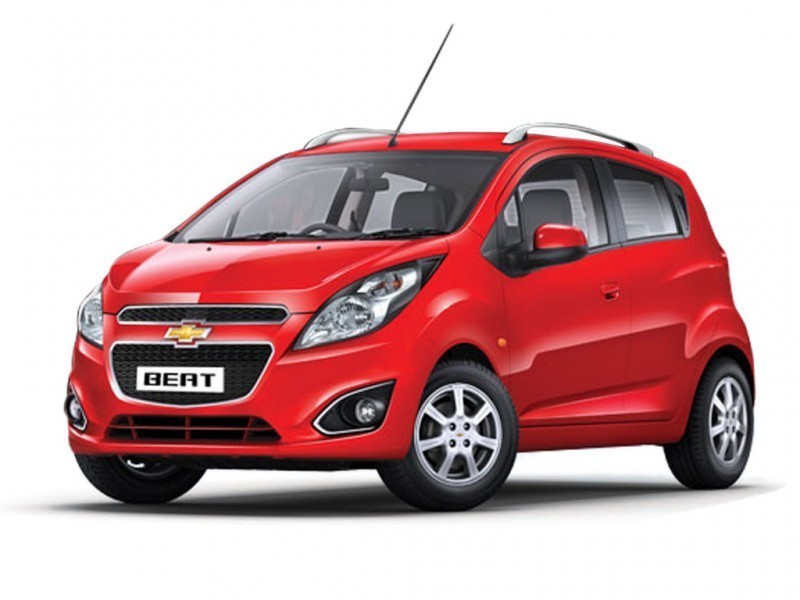



 (4 ratings)
(4 ratings)
The India-made Chevrolet Beat manufactured at the Talegaon plant in India has been rated zero for the adult and child occupant protection assessment in Latin NCAP tests. Sold as Spark GT in Latin America, the car fails the crash tests of the New Car Assessment Program there. Already popular in Mexico and Columbia, GM India has initiated exporting the unit to Argentina recently.
“Once again, we are very disillusioned by General Motors. As a global brand, they offer good safety levels for other regions. They should show that all consumers, regardless of geography, are valued the same when it comes to safety. We expect GM to follow other brands, which have made progress in equalising safety. GM has said that they aim to improve the safety levels of their cars in the future. Change needs to come faster as we are very concerned about the number of consumers who are today travelling in unsafe cars and will continue to do so without change in the upcoming years. Long-term measures are not good enough; Latin American consumers need safer cars now,” said, Maria Fernanda Rodriguez, President, Latin NCAP, for the bad results.

The country’s ‘Make-in-India’ campaign will certainly get affected the most with these nasty results along with an apparent damage to the GM’s reputation. The fact that cars made in India earlier have always been compromised in terms of quality, it is needless to say, the global appeal will get hampered further for sure. The home demand of the vehicle was extremely sluggish due to which the company had produced only 1,30,000 units annually. Exporting the cars to Latin America had been started after getting this depressing domestic response.
Read Also: Global NCAP Announces Crash Test Results for Renault Kwid, Honda Mobilio
Here are the comments from Latin NCAP for the Chevrolet Spark GT:
Adult Occupants:
“The protection offered to the driver’s head and chest was poor while neck protection was weak due to the high chest deflection caused by its contact with steering wheel as well as the head impact with the steering wheel. For these reasons the star capping was applied. Passenger’s head protection was good, chest protection was poor. Both passengers' knees could impact with dangerous structures in the dashboard. The body shell was rated as stable. Footwell area was also stable. Side impact test was not performed because the capping was applied in the frontal test. The car did not have side airbags, but had side impact structural reinforcements in the doors. The car was not equipped with ABS and/or ESC as standard. Side pole impact test was not performed; the models did not offer side head protection airbags as standard.”
Child Occupant:
“The child seat for the three-year-old child was not able to prevent forward movement during the frontal impact despite being mounted with the ISOFIX anchorages, while top tethers were not used due to their location. Both results explain the low score in dynamics for child occupants. Many of the CRS that were assessed for installation failed due to the limited instructions in the manual. The marking and instructions in the car in relation to CRS use as well as ISOFIX use were poor which explains the low score in vehicle assessment.”
Get latest and updated information about automobiles on our Google Plus Community Speed Gears